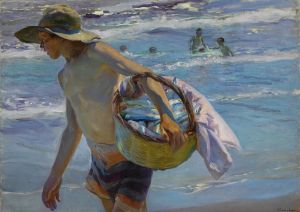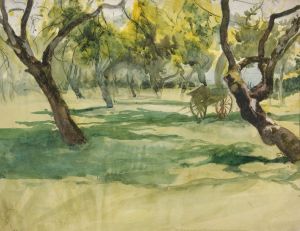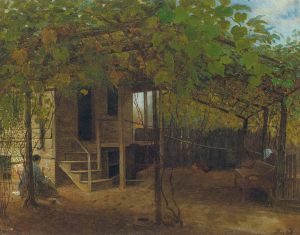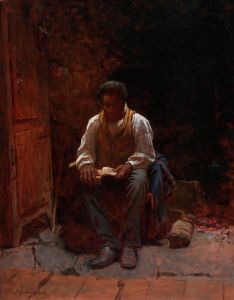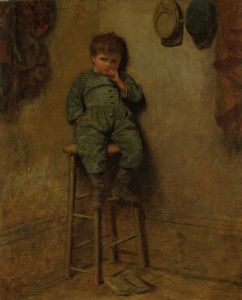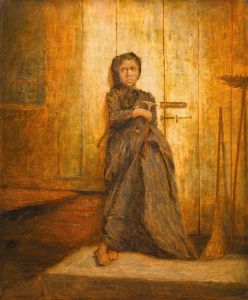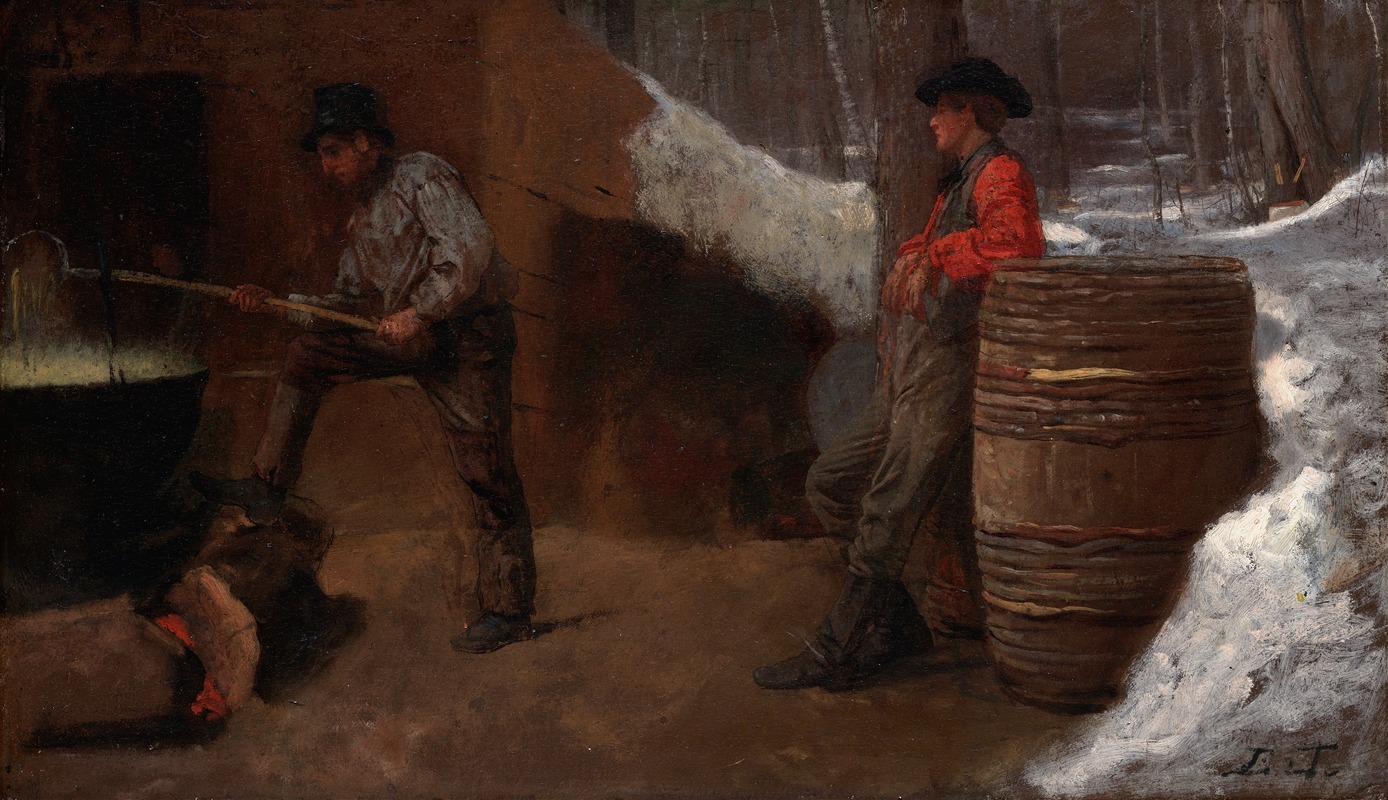
The Sugar Camp
A hand-painted replica of Eastman Johnson’s masterpiece The Sugar Camp, meticulously crafted by professional artists to capture the true essence of the original. Each piece is created with museum-quality canvas and rare mineral pigments, carefully painted by experienced artists with delicate brushstrokes and rich, layered colors to perfectly recreate the texture of the original artwork. Unlike machine-printed reproductions, this hand-painted version brings the painting to life, infused with the artist’s emotions and skill in every stroke. Whether for personal collection or home decoration, it instantly elevates the artistic atmosphere of any space.
"The Sugar Camp" is a notable painting by Eastman Johnson, an American artist renowned for his genre paintings and depictions of everyday life in the 19th century. Created in 1861, this work is part of Johnson's series of paintings that explore rural American life, particularly focusing on the maple sugaring process, a traditional practice in the northeastern United States.
Eastman Johnson was born in 1824 in Lovell, Maine, and he studied art in Europe before returning to the United States. His experiences abroad, particularly in the Netherlands, influenced his style, which is characterized by detailed realism and a focus on the human figure. Johnson's work often reflects themes of American identity and culture, capturing scenes that highlight the simplicity and authenticity of rural life.
"The Sugar Camp" is set in a maple grove, where the process of making maple syrup is underway. This scene is emblematic of the seasonal activity that takes place in the late winter and early spring in regions where sugar maples are abundant. The painting captures the labor-intensive process of collecting sap from maple trees and boiling it down to produce syrup, a practice that has been a part of North American culture for centuries.
In the painting, Johnson depicts a group of people engaged in various tasks associated with sugaring. The figures are shown in a naturalistic setting, surrounded by trees and the equipment used in the syrup-making process. The composition of the painting is carefully arranged to convey a sense of community and cooperation, as multiple individuals contribute to the shared goal of producing maple syrup. Johnson's attention to detail is evident in the rendering of the figures' clothing and the tools they use, which are depicted with a high degree of accuracy.
"The Sugar Camp" is significant not only for its artistic merit but also for its cultural and historical value. It provides a glimpse into a way of life that was common in rural America during the 19th century, offering insights into the customs and practices of the time. The painting is part of a broader body of work by Johnson that documents various aspects of American life, from domestic scenes to more public and communal activities.
Eastman Johnson's work, including "The Sugar Camp," is held in high regard for its ability to capture the essence of American life with warmth and authenticity. His paintings are celebrated for their technical skill and their ability to convey the social and cultural dynamics of the period. Today, Johnson's works can be found in major art institutions, where they continue to be appreciated for their historical significance and artistic excellence.





